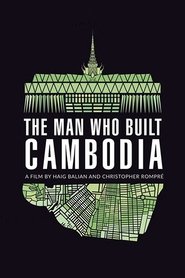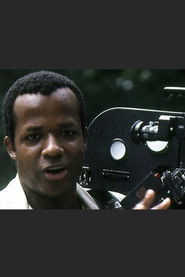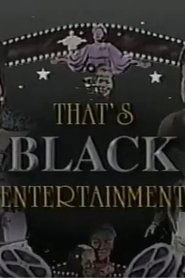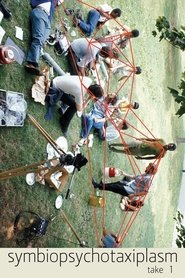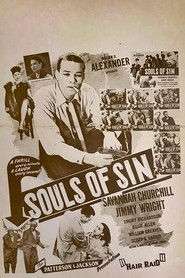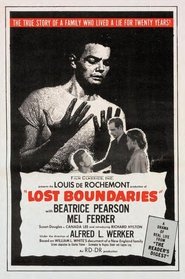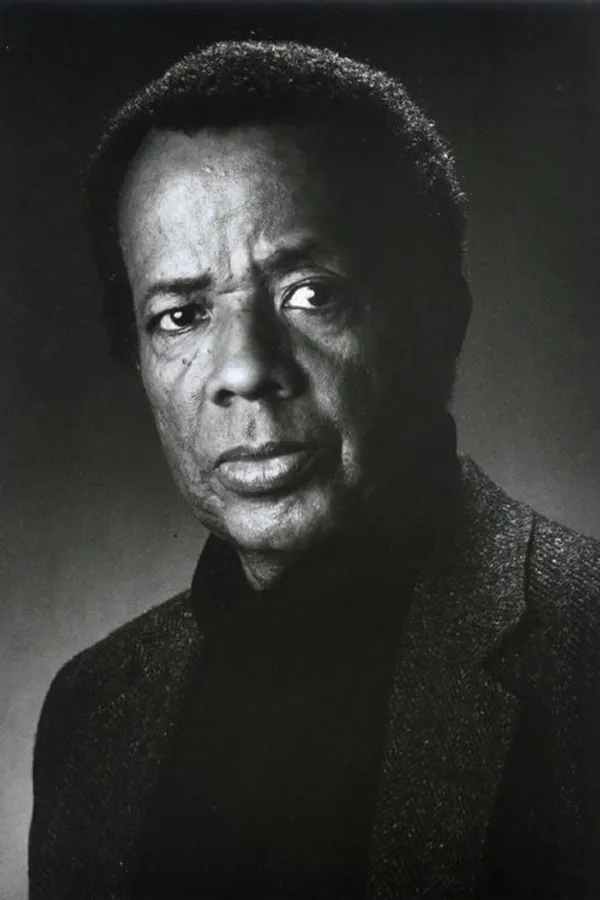
William Greaves
DirectorProducerWriterActorExecutive Producer
08-10-1926
Birthday
Libra
Zodiac Sign
-
Genres
12
Total Films
Also known as (male)
New York City, New York, USA
Place of Birth
08-10-1926
Birthday
Libra
Zodiac Sign
-
Genres
12
Total Films
-
Also Known As (male)
New York City, New York, USA
Place of Birth

